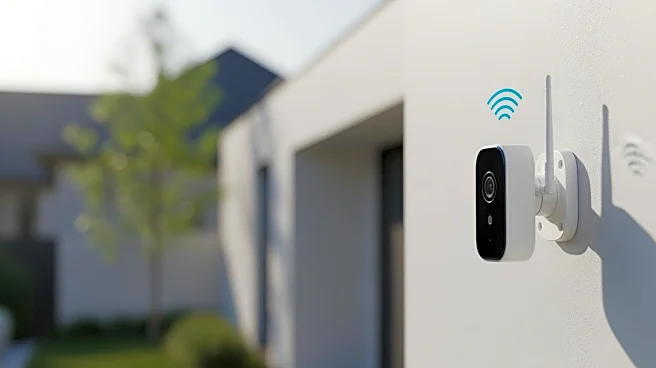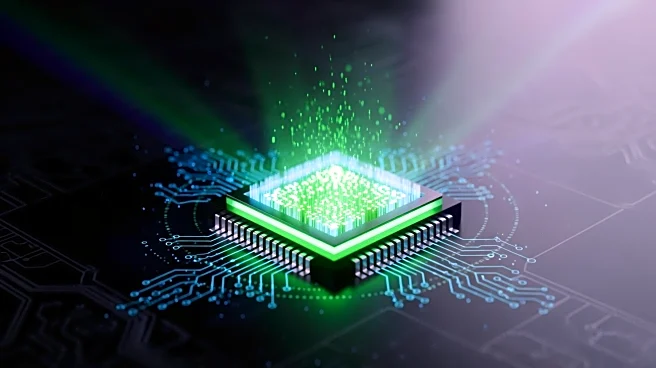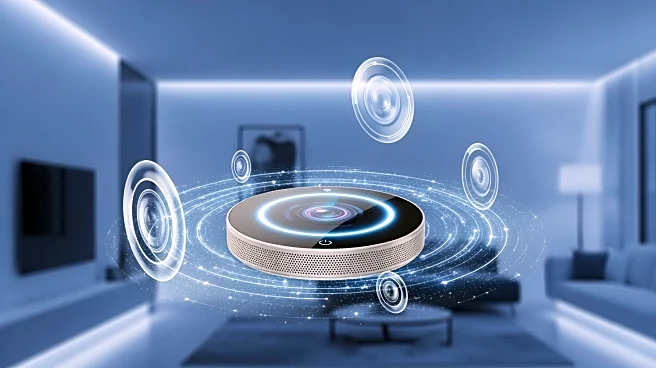What's Happening?
The latest advancements in battery-powered home security cameras are offering increased versatility and convenience for homeowners. These wireless devices can be mounted almost anywhere, providing flexibility
in installation and usage. Key features include compatibility with major smart home platforms like Amazon Alexa, Google Assistant, and Apple HomeKit, although Apple Home app support is less common. The cameras are designed to withstand various environmental conditions, ensuring clear video footage even in challenging settings. Installation typically involves a screwed-in mount, with some models offering adhesive options for smoother surfaces. Users can choose between cloud storage, which requires a monthly fee and offers remote access, and local storage, which is cheaper but limited by capacity. Motion detection and recognition capabilities are crucial, with advanced models distinguishing between vehicles, animals, and people. Battery life varies, with some models offering extended durations and solar charging options. Connectivity relies on strong Wi-Fi networks, and privacy concerns are addressed by brands that quickly respond to security issues.
Why It's Important?
The evolution of battery-powered home security cameras is significant for enhancing residential safety and convenience. These devices allow homeowners to monitor their properties remotely, providing peace of mind and potentially deterring criminal activity. The integration with smart home platforms facilitates seamless operation and control, making it easier for users to manage their security systems. The choice between cloud and local storage offers flexibility in data management, catering to different preferences and budgets. Motion detection and recognition features improve the accuracy of alerts, reducing false alarms and ensuring relevant notifications. The focus on privacy and security is crucial, as breaches can compromise user data and trust in the technology. Overall, these advancements contribute to a more secure and connected living environment, aligning with the growing trend of smart home adoption.
What's Next?
As technology continues to advance, we can expect further improvements in home security camera features and capabilities. Future developments may include enhanced AI-driven recognition systems, offering even more precise detection of objects and individuals. Battery technology is likely to evolve, providing longer life and faster charging options, possibly integrating more sustainable solutions like solar power. Connectivity improvements, such as more robust Wi-Fi systems, will enhance the reliability and range of these devices. Privacy and security measures will remain a priority, with manufacturers focusing on safeguarding user data and addressing vulnerabilities promptly. The market for smart home security systems is expected to grow, driven by increasing consumer demand for safety and convenience.
Beyond the Headlines
The rise of wireless home security cameras reflects broader trends in technology and consumer behavior. As smart home devices become more prevalent, there is a growing emphasis on interoperability and ease of use. This shift is influencing how manufacturers design and market their products, prioritizing user-friendly features and seamless integration. The focus on privacy and security highlights the ethical considerations of data management, as consumers become more aware of the implications of sharing personal information. Additionally, the adoption of sustainable energy solutions, such as solar-powered cameras, aligns with environmental concerns and the push for greener technologies. These developments are shaping the future of home security and smart home ecosystems.














